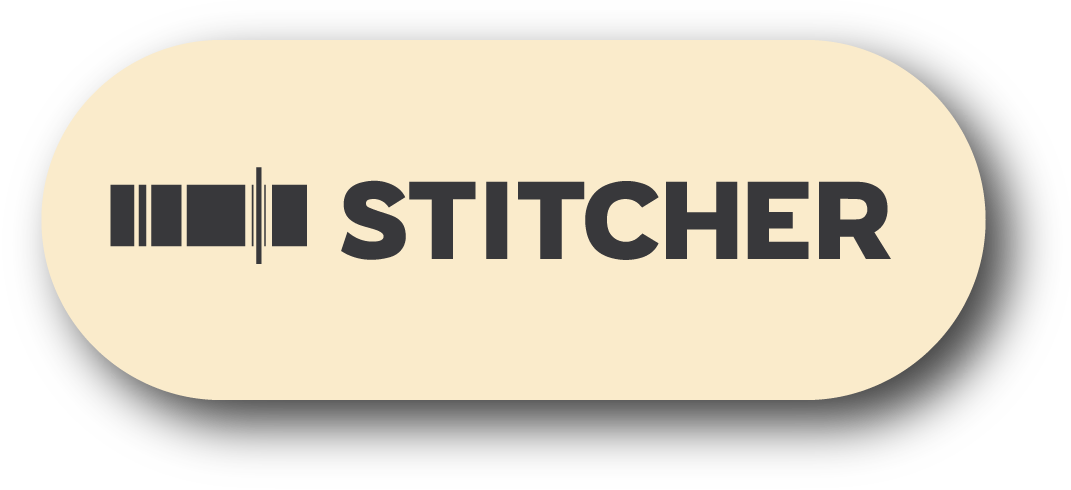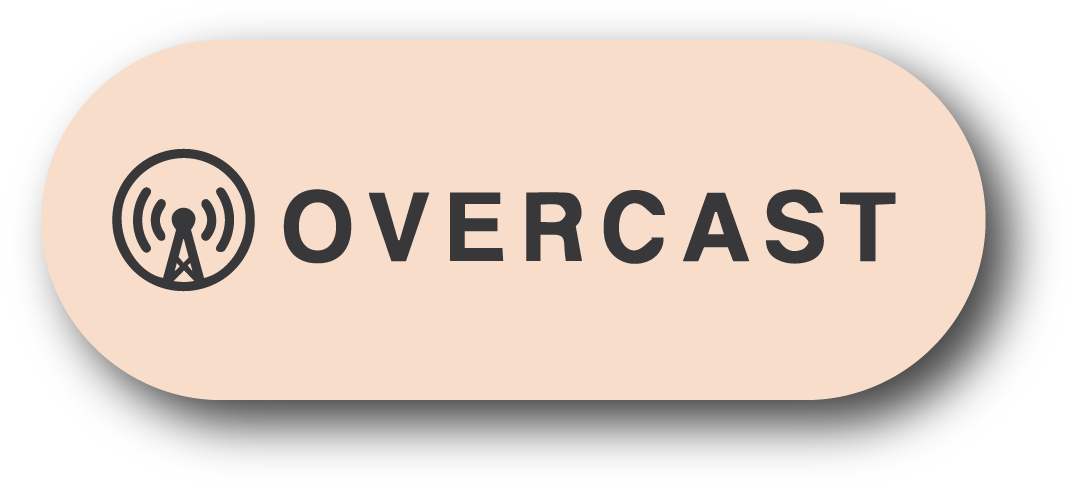#462 - JAUME SOLER, Founding Principal at SoundArts
SUMMARY
This week David and Marina of FAME Architecture & Design are joined by Jaume Soler, Founding Principal of SoundArts. The three discussed Jaume’s education, what an Acoustician does, acoustic measurements, accuracy of computer modeling, natural acoustics, subjective vs scientific acoustic measurements, communicating acoustics to clients & collaborators, musicians not being able to hear the orchestra, multipurpose rooms, and more. Enjoy!
ABOUT JAUME
I am an acoustic consultant specialized in performing arts projects (the most challenging projects, acoustically). During the last 30 years I have worked with top acousticians with very different approaches to architectural acoustics and firms that range from 3 to 15,000 employees!
I started working as an acoustic consultant in Barcelona in 1995. During this time I worked with Dr. Higini Arau, the leading acoustician in Southern Europe and worked in major concert hall and opera house projects in Southern Europe: Barcelona Concert Hall (Rafael Moneo), Kursaal Concert Hall in San Sebastian (Rafael Moneo), Liceu Opera House reconstruction in Barcelona (Sola Morales + Fabré + Dilmé), Multipurpose room for the Venice School of Architecture (Miralles+Tagliabue), Bilbao Concert Hall (Federico Soriano), Auditorium in Santiago de Compostela (Alvaro Siza), Catalonia's Congress Hall (Gabriel Ferrater), etc. During this time I also designed the sound system for one of the largest stadiums in Europe (in F.C. Barcelona Camp Nou)
In 2001 I moved to the USA, I joined Acoustic Dimensions, a firm specialized in Performing Arts Spaces and Mega Churches - During this time, in addition to theatres and concert halls, I also provided acoustic consulting in several megachurches in TX, GA, etc.
From 2005-2013 I joined the team of Akustiks in CT and I worked on several major concert halls during this time: Nashville, Las Vegas, etc. The adaptive reuse project of the Park Avenue Armory in New York with Herzog and Demeuron. I led all company projects in Latin America. We designed and built the halls with the best acoustics in Mexico (Teatro del Bicentenario in León with Arch. Augusto Quijano) and Colombia (Teatro Mayor in Bogotá with Arch. Daniel Bermúdez)
From 2013-2018 I was an Associate Principal at Arup in NYC, consulting in performing arts projects in Colombia, Switzerland and Israel.
In 2018 I founded SoundArts Consulting Inc. in NYC with Cristian Ezcurdia (who leads the affiliate office in Mexico). In the last 7 years I have been providing acoustic consulting services to projects in the USA, South America, Europe and North Africa (Egypt). Some interesting projects: Acoustic tuning of Prudential Hall in Newark, NJ, Red Mountain Theatre (adaptive reuse - transforming industrial warehouses in downtown Birmingham AL into a state of the art theatre complex), the Scenic Garden in Chapultepec Park in Mexico City, etc.
TIMESTAMPS
(00:00) Jaume's education.
(07:00) What does an Acoustician do?
“Acoustical consultants focus on the sound of spaces. Sometimes when people think about acoustical consultants, they think about sound systems and loudspeakers. I specialize on the architectural acoustic aspects, so that refers to the materials and the geometry of the spaces. It’s about how to design the space to provide the best acoustics for whatever function that space serves.” (07:06)
(18:55) Acoustic measurements.
(30:20) Accuracy of computer modelling.
“There are always limitations with computer models. They help architects and acousticians figure out how to design the hall and explore different things, but it's important to use your intuition too. I remember working with young acoustic consultants who’ve been working all their lives with computer models, and they truly believe the models’ results. They lack that intuition. You can see that something doesn't make any sense, but they say, “No, the computer model is telling me that the reverberation is three seconds.” It's like, come on, this is a very small room. It cannot be three seconds. Then they realize that there is some kind of error in the computer model. So, you have to be careful. Computers are great, but it's important to be a little bit critical about things and think if they really make sense.” (34:05)
(37:48) Natural acoustics.
(42:06) Subjective acoustic measurements.
(54:02) Communicating acoustics to client & collaborators.
“I think about acousticians like an instrument maker. The concert hall is an instrument, and we work with the architect to make this instrument that creates the sound that is discussed with the client. You cannot do that with a computer model. You need to understand the reflections that are coming from the balconies, walls, ceiling, and the shapes that you need to develop. The hall should not look acoustical as well. You can develop things that are beautiful and sound great. It’s not an easy thing to achieve, and you need that tension between the architect, acoustician, and contractor to explore different approaches and eventually you figure it out.” (01:01:04)
(01:02:13) Architects and Acoustician collaboration process.
“We always design the buildings inside out. You design the concert hall first, then the lobbies, the circulation, and everything else. You don't design from the outside and adjust the floor levels so they match the lobby; it's the other way around. You need to get the balconies at the right height and the stage at the right elevation. Then that will define where the lobby and the back of house need to be. So, there is a lot of collaboration between the theater consultant, acoustical consultant, and architect throughout the whole process. I think that that's the right approach. Everyone is pushing or pulling in different directions with different priorities, but we want to get to the same goal” (01:04:11)
(01:09:45) Musicians not being able to hear the orchestra.
(01:17:58) Multipurpose rooms.
(01:22:43) Jaume's favorite buildings.












